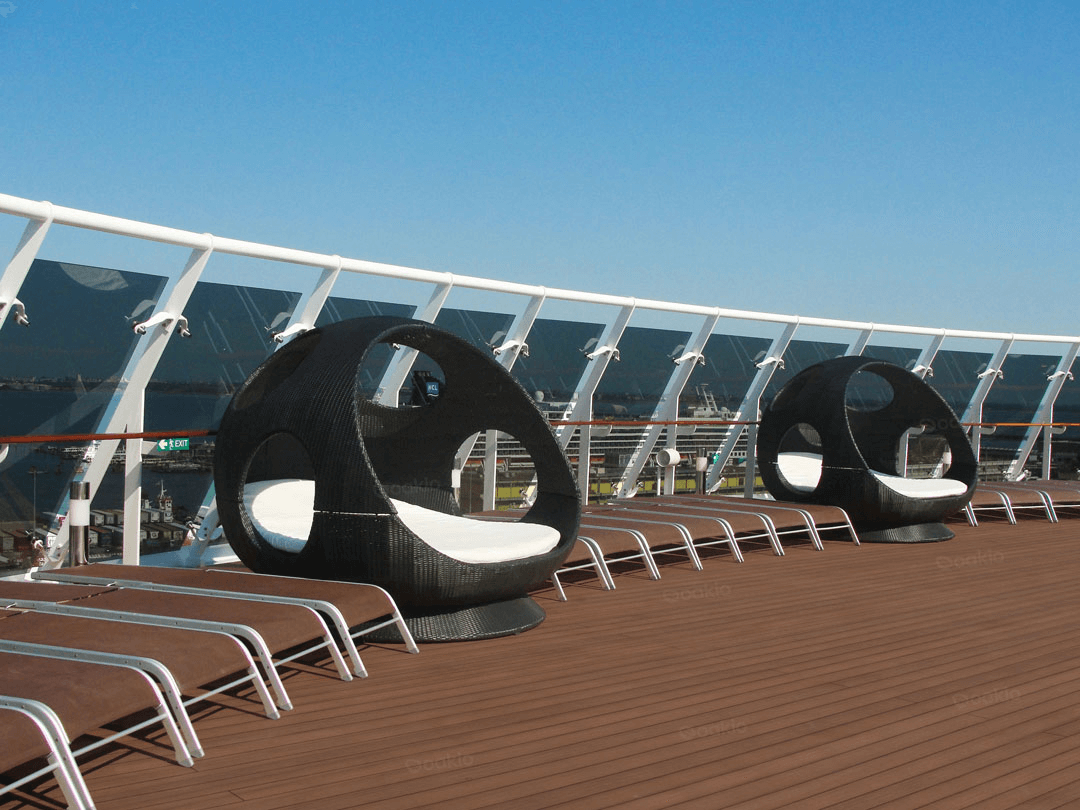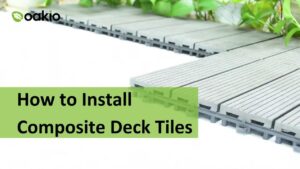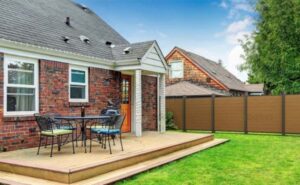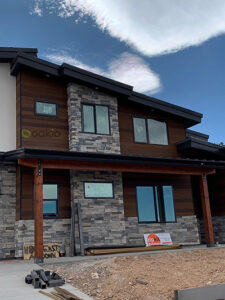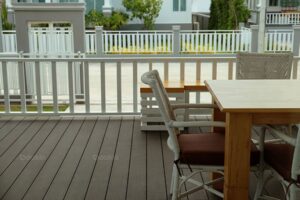Understanding Deck Rot and Deck Repair Techniques
Have you noticed that your once-stunning deck is starting to look a bit shabby? Maybe you’ve spotted some discolored spots or, worse, areas where the wood seems to be crumbling away. If this sounds familiar, you might be dealing with deck rot. But don’t worry! I’m here to guide you through understanding the causes, identifying the signs, and tackling the repair process. Let’s dive into the details of deck repair and keep your outdoor space looking fantastic.
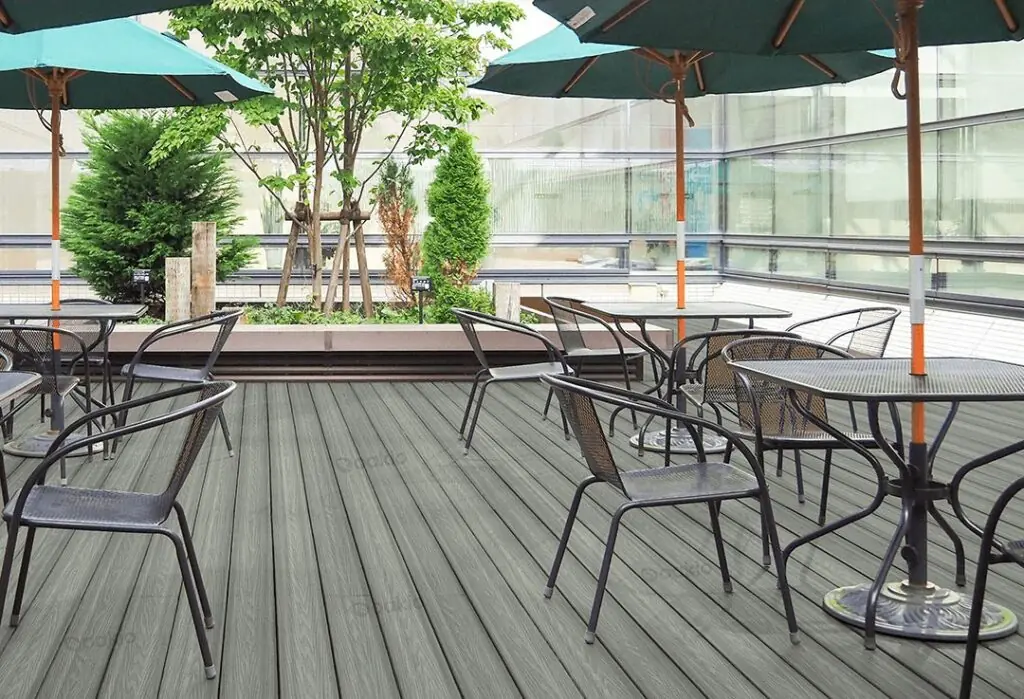
Why Do Decks Rot?
Why does deck rot happen in the first place? It’s all about moisture. When wood absorbs water and doesn’t get a chance to dry out, it creates the perfect environment for fungi to move in. These fungi break down the wood fibers, leading to rot. You might think, “But I live in a dry climate!” Unfortunately, even morning dew or a bit of rain can start the process if the wood doesn’t dry properly.
Other culprits include poor ventilation and improper construction. If your composite deck boards are too close together, water can get trapped and have a hard time evaporating. Similarly, if the composite deck is built too close to the ground, it might not have enough airflow to keep things dry. And let’s not forget about the finish on the wood. Over time, paint or stain can wear away, leaving the wood exposed to the elements.
Insects and pests also contribute to deck rot. Termites, carpenter ants, and other wood-boring insects can create tiny tunnels in your deck, allowing water to penetrate deeper into the wood. This not only speeds up the rotting process but also weakens the structural integrity of your deck.
The type of wood used for your deck also influences its susceptibility to rot. Softer woods like pine and spruce are more prone to absorbing water than harder woods like oak or teak. Pressure-treated wood is often used for decking because it’s infused with chemicals that help resist rot, but even this type of wood isn’t completely immune to moisture damage over time.
Neglecting regular maintenance is another common cause of deck rot. Without periodic cleaning, sealing, and repairs, your deck is more likely to succumb to the damaging effects of moisture. Dirt and debris can trap moisture against the wood, exacerbating the problem.
Identifying Rot in Composite Deck Boards
Now that you know what causes deck rot, how do you spot it? Here are some telltale signs that your deck might be in trouble:
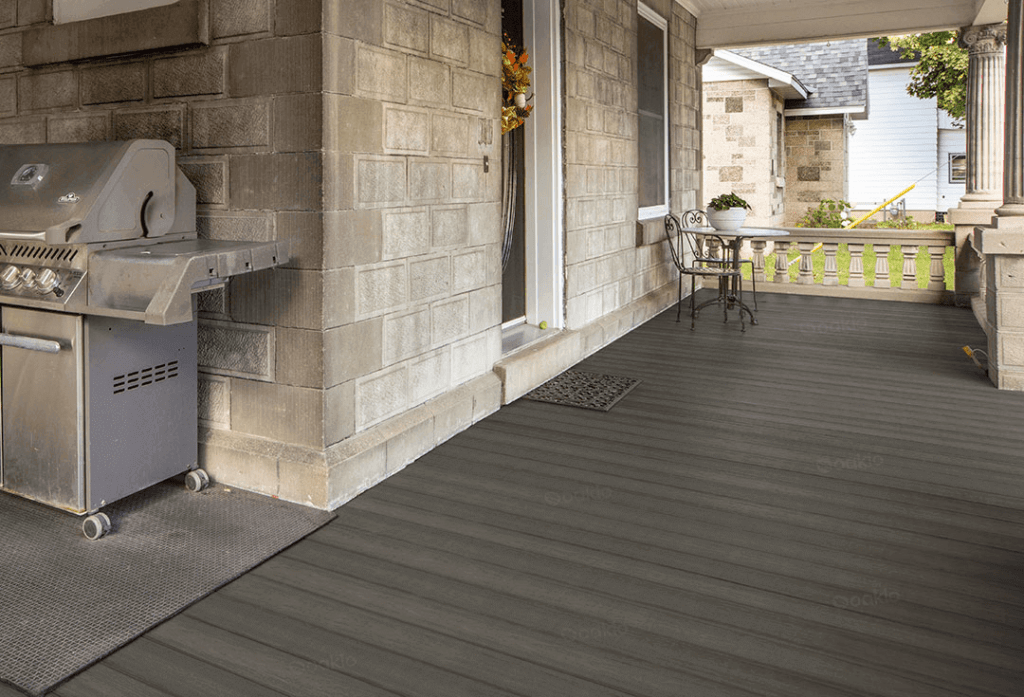
- Discoloration: Look for areas where the wood is darker or discolored. This can be an early sign of moisture damage. The affected wood may appear black, green, or gray, indicating the presence of mold, mildew, or fungi.
- Soft Spots: Press down on the boards. If the wood feels spongy or soft, it’s likely starting to rot. Soft spots often indicate that the wood’s structural integrity has been compromised, making it unsafe to walk on.
- Splintering: While splinters can be a sign of general wear and tear, excessive splintering might indicate that the wood is breaking down. Splintered wood can also create a rough, uncomfortable surface, posing a risk for injury.
- Mold and Mildew: These are usually signs that moisture is present, which can lead to rot. Mold and mildew can appear as fuzzy or slimy patches on the wood surface, and they often emit a musty odor.
- Visible Decay: In advanced stages, you might see the wood actually crumbling away. This is a clear sign that it’s time to take action. Decaying wood may have a spongy texture and easily break apart when touched.
- Nails and Screws Coming Loose: If you notice that nails and screws are coming loose or protruding, this can be a sign of rot. The wood loses its ability to hold fasteners securely, leading to structural instability.
- Sagging or Warping: Check if your composite deck boards are sagging or warping. This can indicate that the underlying joists or beams are rotting. Warped boards may create uneven surfaces, posing a tripping hazard.
Regularly inspecting your deck for these signs can help you catch and address rot early, preventing more extensive damage and costly repairs. If you’re noticing any of these issues, it might be time to look into deck repair near me to get professional help.
Repairing Rotted Deck Wood
So, you’ve found some rot. What next? Don’t panic – there are ways to repair a deck and restore its former glory. Here’s a step-by-step guide to treating wood deck rot:
- Assess the Damage: First, determine how extensive the rot is. If it’s just a few boards, you can replace them individually. If the damage is widespread, you might need to consider more extensive repairs or replacement. Check the joists and support beams underneath the deck as well, since rot can spread from the boards to the structure.
- Remove the Rot: Use a chisel, saw, or other tools to remove the rotten wood. Be sure to cut away all the damaged parts, leaving only solid, healthy wood behind. Wear protective gear, such as gloves and a mask, to avoid contact with mold and fungi spores.
- Treat the Wood: Once you’ve removed the rot, treat the remaining wood with a wood preservative. This helps to kill any remaining fungi and prevent future rot. Apply the preservative generously to all cut edges and exposed surfaces, following the manufacturer’s instructions.
- Replace Boards: Install new, treated boards to replace the ones you removed. Make sure they are properly sealed and stained to protect against future moisture damage. Use high-quality screws or nails to secure the new boards, ensuring they are flush with the existing deck surface.
- Improve Ventilation: If poor ventilation was a cause of the rot, consider making changes to improve airflow. This might mean trimming nearby bushes or adding more space between the boards. Installing lattice panels or vents can also help increase air circulation under the deck.
- Regular Maintenance: Keep your deck in good shape with regular cleaning and resealing. This helps to protect the wood from moisture and extends the life of your deck. Sweep away leaves and debris, power wash the surface, and apply a fresh coat of sealant every couple of years. For those considering an upgrade, check out the Oakio composite deck maintenance guide for detailed info. Oakio composite decking requires far less maintenance than traditional wood, typically needing only periodic cleaning with soap and water to stay in top condition.
- Monitor and Repeat: Periodically inspect your deck for any signs of new rot or damage. Promptly addressing any issues can prevent small problems from becoming major repairs. Keep an eye on high-traffic areas and spots that are frequently exposed to moisture.
By following these steps, you can effectively treat and prevent wood deck rot, ensuring your deck remains safe and beautiful for years to come. Considering deck repair costs, these preventative measures can save you a lot of money in the long run.
Switching to Water-Resistant Composite Decking
Thinking about a more permanent solution? Consider upgrading to Oakio water-resistant composite decking which is made from a blend of wood fibers and plastic, giving you the look of wood without the headache of rot. It’s designed to resist moisture, mold, and mildew, making it a great long-term investment.
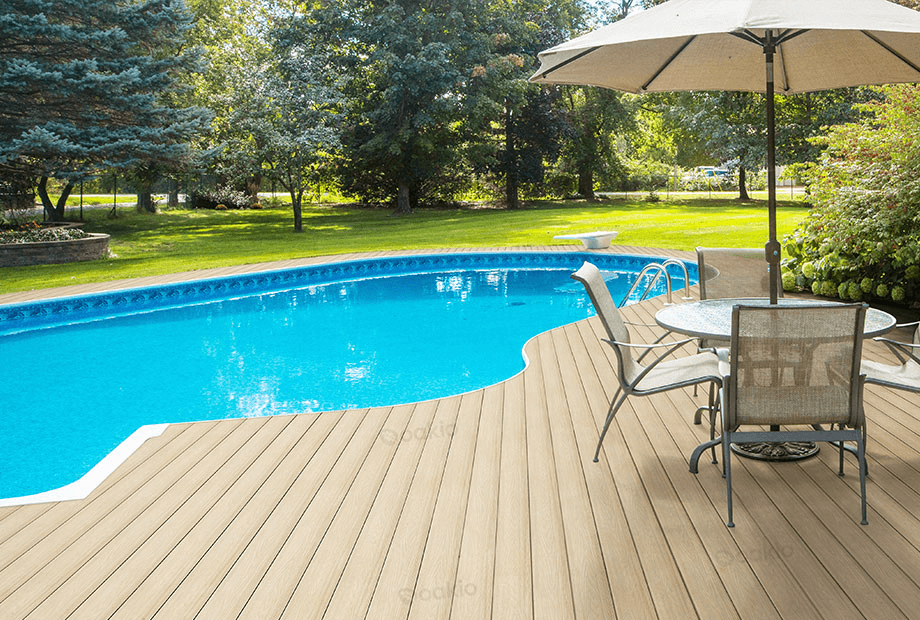
Not only does Oakio composite decking reduce the risk of rot, but it also requires less maintenance. No more sanding, staining, or sealing – just occasional cleaning to keep it looking fresh. A simple wash with soap and water is usually enough to remove dirt and debris, saving you time and effort.
Furthermore, Oakio composite decking is an environmentally friendly choice. It’s made from recycled materials, reducing the need for new wood and plastic. This not only helps to conserve natural resources but also reduces waste. By choosing Oakio decking, you’re not only protecting your deck from water damage but also doing your part for the environment.
Composite decking also offers a variety of aesthetic options. Oakio comes in a wide range of colors and finishes, allowing you to choose a style that complements your home’s exterior. Whether you prefer the look of natural wood or a more modern, sleek appearance, there’s a composite decking option for you.
Additionally, Oakio composite decking is designed to be highly durable. It can withstand harsh weather conditions, heavy foot traffic, and even the occasional barbecue spill. Many manufacturers offer warranties of 20 years or more, giving you peace of mind that your investment will last.
Another benefit of Oakio composite decking is its resistance to pests. Unlike wood, composite materials are not attractive to termites and other wood-boring insects. This adds an extra layer of protection against potential damage and helps to maintain the structural integrity of your deck.
While the initial cost of Oakio composite decking may be higher than traditional wood, the long-term savings in maintenance and repair costs can make it a more cost-effective choice. You’ll spend less time and money on upkeep, allowing you to enjoy your outdoor space more.
Conclusion
Dealing with deck rot can be a daunting task, but with the right knowledge and tools, you can tackle it head-on. Understanding the causes of deck rot and being able to spot the signs early can save you a lot of trouble down the line. When it comes to repair, taking a methodical approach can help restore your deck to its former glory.
For those looking for a long-term solution, upgrading to Oakio composite decking is a wise investment. It offers durability, low maintenance, and an attractive appearance that traditional wood just can’t match.
So, whether you’re dealing with a bit of rot or considering a complete deck overhaul, remember that a well-maintained deck is key to enjoying your outdoor space. With a little effort and the right materials, you can keep your deck looking great and safe for years to come.
Trending Reading
What Are the Differences Between the WPC Board and PVC Board?
[2024 Update] How Long Does WPC Decking Last?
